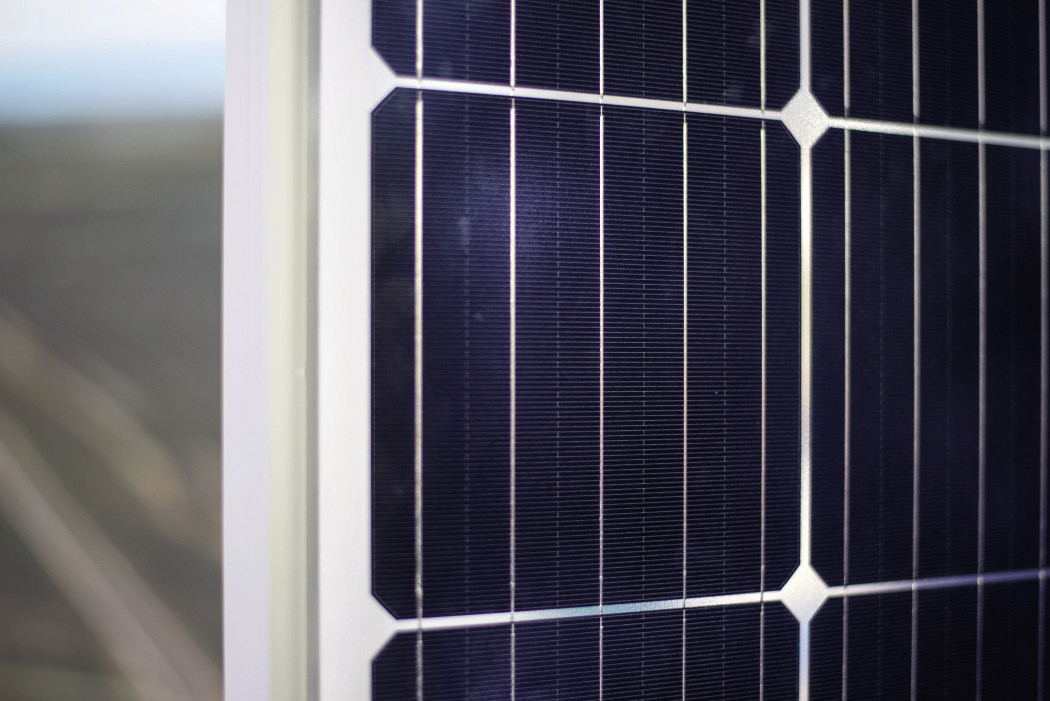Analysis and data by Taiwan-based industry analysts TrendForce show that the superior conversion efficiencies of n-type cells has led to “rapidly” expanded capabilities in 2022 and primed the market for competition. This has led TrendForce analysts to believe p-type PERC capacities could be phased out by 2025.
“Currently, PERC cell technology for producing p-type cells stands as the market’s mainstay,” the report said. “However, with the step-by-step realization of large-scale n-type cell capacities, there looms a risk that a substantial part of PERC cell technology capacities may be phased out within the forthcoming two to three years.”
Analysis suggests that as n-type silicon incrementally comes online there might be a sporadic shortage of high-quality silicon materials and wafers fit for n-type cells. “This could further establish a noticeable price disparity between n-type silicon wafers, and their p-type counterparts,” the report says, which may lead to a noticeable price difference between the two technologies.
Polysilicon supply poses its own problems. Although supply remains “abundant,” TrendForecast warned that if production continues to surge for nN-type cells there could be an oversupply of p-type silicon causing its price to drop faster.
TrendForecast predicts supply could reach 68.8% capacity by the end of 2023 and 40.3% capacity by the end of 2025. “By 2023’s end, it is projected that the total production capacity of polysilicon will reach 2.072 million MT,” the report said. “The actual output of silicon materials is expected to be 1.483 million MT, sufficient to support over 600 GW of solar panel consumption (given a silicon consumption rate of 0.245 MT/GW). This aligns with an annual installation demand of approximately 370-390 GW, indicating a clear oversupply of silicon.”
TrendForce said demand and limited output may lead to periodic shortages of n-type silicon, which would level out prices.
Silicon wafer production capacity is expected to reach roughly 921.6 GW by the end of the year, the report said, with silicon wafer manufacturers reacting to the n-type cell scramble by “rapidly” transforming operations and scaling up output. This may once again impact p-type cells.
“With the inclusion of rectangular silicon wafers occupying a portion of this capacity, certain dimensions of p-type wafers might experience short-term supply shortages, potentially failing to meet immediate demands,” TrendForce said. “If the n-type cell rollout falls short of expectations, there remains a risk of n-type wafer oversupply.”
But as N-cell capacity deployment experiences delays, PERC tech will most likely remain the victorious technology for 2023, the report said. Total wafer capacity primarily attributed to N-type TOPCon cell technology is expected to reach 1,172 GW by the end of the year – a 106% increase since 2022, the report said.
“However, TrendForce has observed some delays in the actual deployment of N-type cell capacity. Given the existing price difference between N-P type wafers, PERC technology is anticipated to retain its leading position in the market this year, although the penetration rate of TOPCon cells will accelerate.”
This content is protected by copyright and may not be reused. If you want to cooperate with us and would like to reuse some of our content, please contact: editors@pv-magazine.com.








By submitting this form you agree to pv magazine using your data for the purposes of publishing your comment.
Your personal data will only be disclosed or otherwise transmitted to third parties for the purposes of spam filtering or if this is necessary for technical maintenance of the website. Any other transfer to third parties will not take place unless this is justified on the basis of applicable data protection regulations or if pv magazine is legally obliged to do so.
You may revoke this consent at any time with effect for the future, in which case your personal data will be deleted immediately. Otherwise, your data will be deleted if pv magazine has processed your request or the purpose of data storage is fulfilled.
Further information on data privacy can be found in our Data Protection Policy.